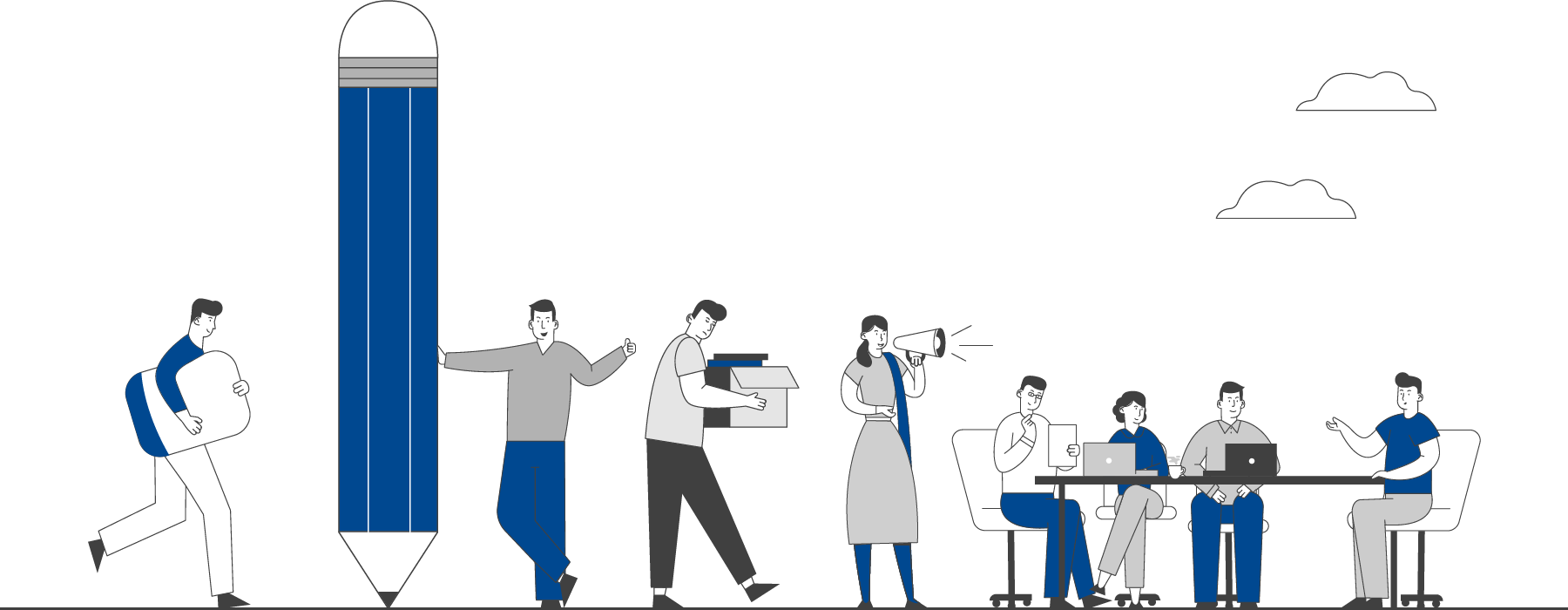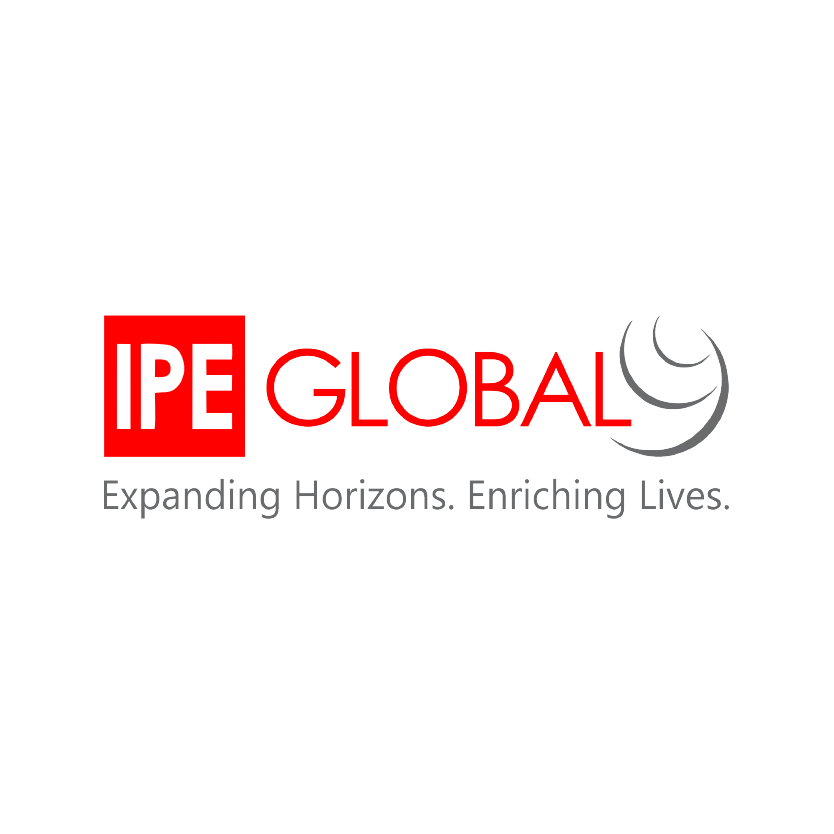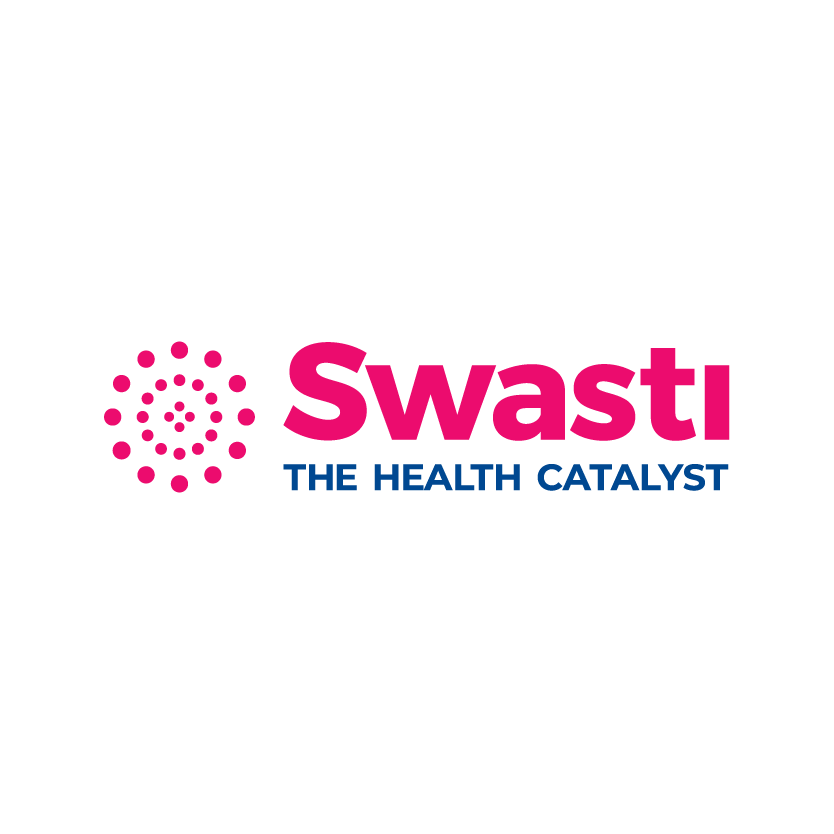

This section presents actionable insights for practitioners from our collaboration of experts.
Analysis
FILTER
BY CATEGORY
View All
Bridges for Barriers
27 Jun 2020by Rhea John and Nyasha Maposa 5 min read
The scene was the national Experience Sharing and Learning Workshop on Adolescent Health, held in March this year; the round-tables were filled with the who’s who among program officials, researchers, clinical experts, donors, and activists that work on adolescent health in India. Yet during one particular session, a disagreement broke out, which divided the room almost along age lines: Was adolescent health programming ignoring adolescent voices, or were adolescents (and their representatives) not seeing the big picture?
The session resolved itself as sessions often do — with a coffee break — but the sense of a gap lingered. As India gears up for a high-powered push on adolescent health, both through the Health Ministry’s new Rashtriya Kishor Swasthya Karyakram (RKSK) program as well as an adolescent focus introduced into other programs (for instance, the National Urban Health Mission), a building of bridges between old and new seems called for.
One such area is family planning. India’s family planning program began in 1951 and is one of the world’s largest, has shown remarkable success in bringing down fertility rates from their high of around 5.9 live births per woman in 1950 to 2.35 in 2015, and specifically reducing fertility by a third among young women (ages 15–24) since 1992. Yet the recent National Family Health Survey Data (2015–16) is ringing alarm bells for those working in this area: The use of modern contraceptives seems to have plateaued or declined in several states. While fertility has continued (slowly) to decline, the factors for this include both positive ones, like rising age of marriage, and better access to contraceptives, but also the increasing use of abortion and emergency contraceptives, which is worrisome. Moreover, as planning experts point out, with the youth bulge in the country’s population (43% of India is under the age of 25), poor uptake of family planning among today’s adolescents could undo the achievements so far. More importantly, access to family planning allows adolescents and young women to exercise agency and look after their own health. For instance, we know that early pregnancy is strongly linked to poor maternal and infant outcomes, and 8% of all girls between 15 and 19 years old were already pregnant or mothers in 2015.
So where is the gap between adolescents and the use of contraception?
The conventional understanding is that physical access to family planning methods and information is lacking. Family planning has traditionally addressed married women, and particularly those who want to use limiting methods to end their fertility. With the program’s current focus on spacing methods, (which delay the next pregnancy) supported by better supplies and information, the target audience of the program has come to include younger women, including unmarried ones. Over and above, general resistance to discussing the need for contraception and safe sex, communities and the health workers embedded in them have not been comfortable with this shift. Many of the NGOs at the conference agreed that buy-in from communities was crucial, and so RKSK counselors and peer educators carefully mixed in this content with information about nutrition, hygiene, and other less objectionable topics in their sessions to get parental consent for attendance.
The ‘demand side’ of the program poses more of a challenge. Contraception from the point of view of adolescents needs to have a firm focus on health and agency, not on population-level concerns. But with community attitudes firmly against sex education - despite evidence that most adolescents are sexually active - young people are exercising their agency in turning to digital media, and especially sources of inaccurate information and harmful stereotypes like pornography and sexist videos and music. The health approach is likewise difficult: As some of the conference participants pointed out, adolescents don’t see illness as something that happens to them — hence one reason for low uptake of adolescent-friendly health clinics.
Gurrai Kumar of Darbhanga, Bihar, holds her newborn niece as the child’s mother Nisha, 21, recuperates nearby. Image by Sarah Weiser, 2014. Link to the source.
Implementing these learnings effectively at a national level would mean that the RKSK and the family planning program begin to work more closely together, integrating their messaging and approach to this group. Building bridges between these programs, the communities of practice who work on them, and the resources that are expended in these different silos, will hasten the achievement of the common goal they all share: Better health and more agency for young people over their bodies and lives. Let’s not make them wait.


 EXPLORE DATA
EXPLORE DATA 



























